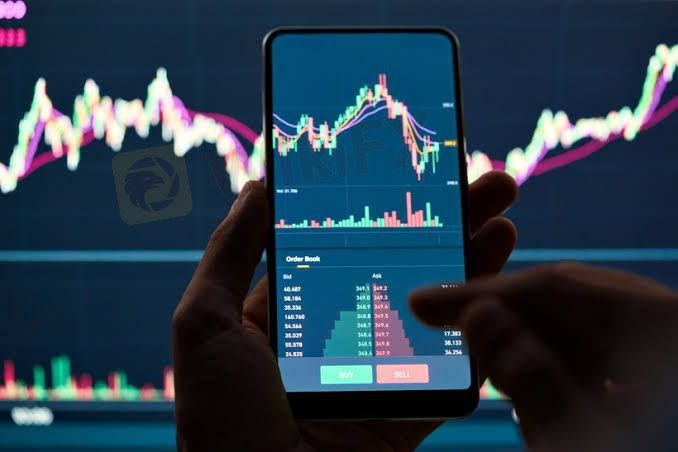
2025-04-28 10:05
IndustryPredicting Exchange Rates with Deep Learning Model
#AIImpactOnForex
Predicting exchange rates using deep learning models involves leveraging advanced algorithms like neural networks to forecast currency fluctuations. These models, particularly Recurrent Neural Networks (RNNs) and Long Short-Term Memory (LSTM) networks, are effective at capturing temporal dependencies in time-series data, which is essential for currency prediction.
Key steps in this process include:
1. Data Collection: Historical exchange rate data is gathered, along with external features like economic indicators, political events, or market sentiment.
2. Preprocessing: The data is cleaned, normalized, and often transformed to make it suitable for the model.
3. Model Design: Deep learning architectures like LSTMs or Convolutional Neural Networks (CNNs) are used to learn patterns from the sequential data.
4. Training: The model is trained on historical data, learning the relationships between inputs and future exchange rates.
5. Evaluation: The model’s predictions are tested against unseen data to assess accuracy and performance.
The main challenges include handling noise in financial data, overfitting, and ensuring the model generalizes well to new, unseen market conditions. Nonetheless, when properly trained and optimized, deep learning models can offer valuable insights into exchange rate trends.
Like 0
aang8356
Trader
Hot content
Industry
Event-A comment a day,Keep rewards worthy up to$27
Industry
Nigeria Event Giveaway-Win₦5000 Mobilephone Credit
Industry
Nigeria Event Giveaway-Win ₦2500 MobilePhoneCredit
Industry
South Africa Event-Come&Win 240ZAR Phone Credit
Industry
Nigeria Event-Discuss Forex&Win2500NGN PhoneCredit
Industry
[Nigeria Event]Discuss&win 2500 Naira Phone Credit
Forum category

Platform

Exhibition

Agent

Recruitment

EA

Industry

Market

Index
Predicting Exchange Rates with Deep Learning Model
 Thailand | 2025-04-28 10:05
Thailand | 2025-04-28 10:05#AIImpactOnForex
Predicting exchange rates using deep learning models involves leveraging advanced algorithms like neural networks to forecast currency fluctuations. These models, particularly Recurrent Neural Networks (RNNs) and Long Short-Term Memory (LSTM) networks, are effective at capturing temporal dependencies in time-series data, which is essential for currency prediction.
Key steps in this process include:
1. Data Collection: Historical exchange rate data is gathered, along with external features like economic indicators, political events, or market sentiment.
2. Preprocessing: The data is cleaned, normalized, and often transformed to make it suitable for the model.
3. Model Design: Deep learning architectures like LSTMs or Convolutional Neural Networks (CNNs) are used to learn patterns from the sequential data.
4. Training: The model is trained on historical data, learning the relationships between inputs and future exchange rates.
5. Evaluation: The model’s predictions are tested against unseen data to assess accuracy and performance.
The main challenges include handling noise in financial data, overfitting, and ensuring the model generalizes well to new, unseen market conditions. Nonetheless, when properly trained and optimized, deep learning models can offer valuable insights into exchange rate trends.
Like 0
I want to comment, too
Submit
0Comments

There is no comment yet. Make the first one.

Submit
There is no comment yet. Make the first one.